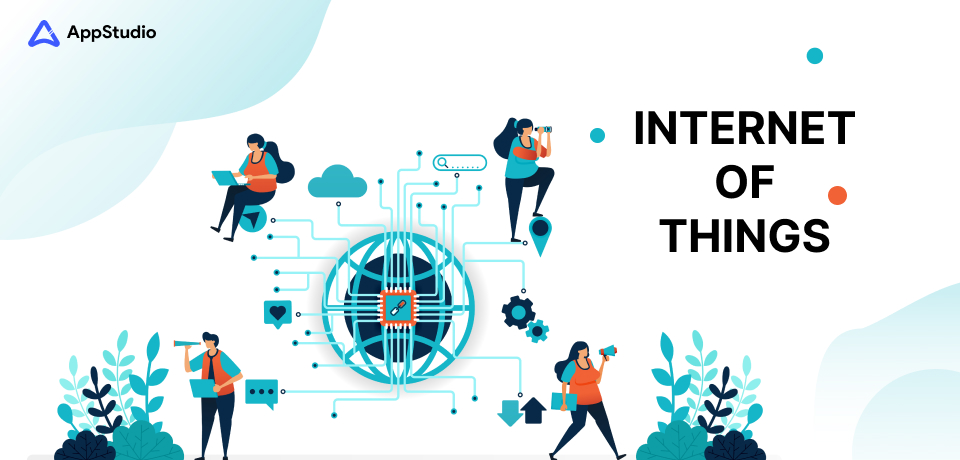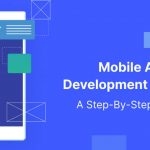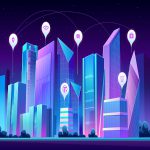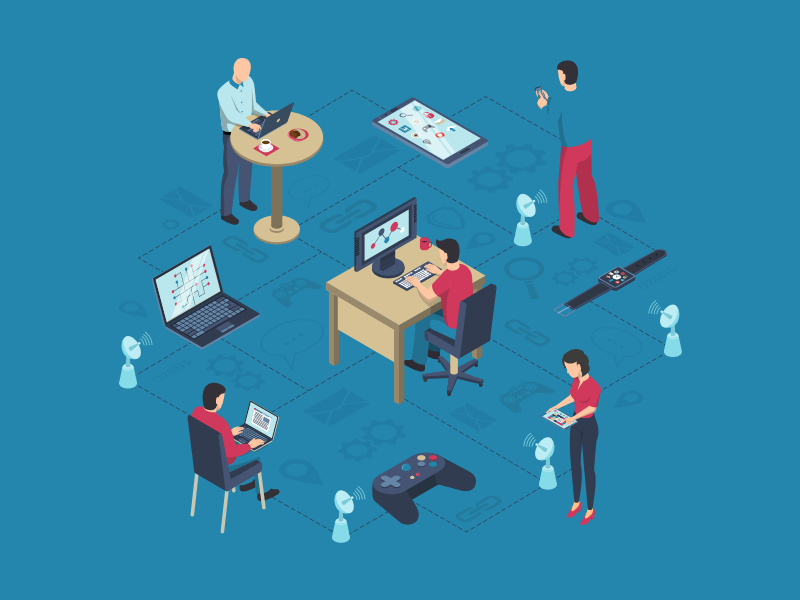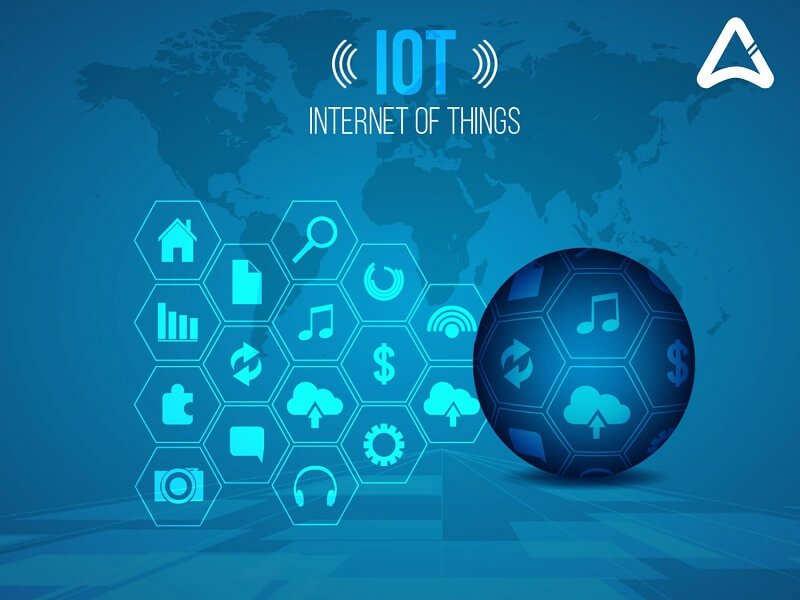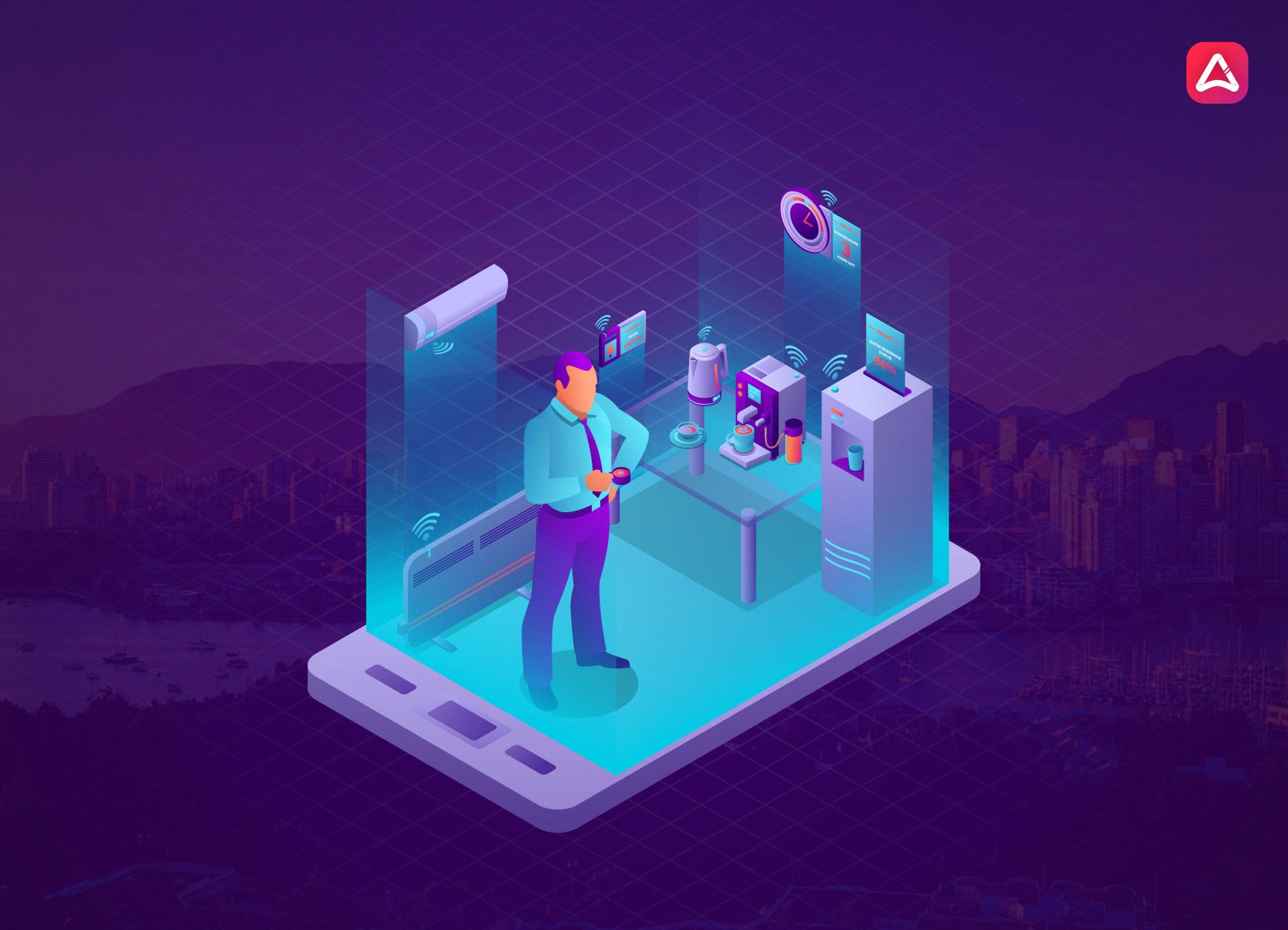The Internet has become a ground where new technologies arise every day. The ultimate change that started with wireless phones & the internet has led us to optimal automation and IoT.
The world is depending more and more on the technologies controlled by the internet. They appear everywhere, from manufacturing assembly lines to home appliances.
Powerful software and apps that smoothly connect with the IoT system and server are increasingly in demand as IoT technology develops. An increasing number of sensors, devices, and gateways are produced via IoT mobile app development.
As an essential component of the overall Internet of Things system, the main task of an IoT app is to collect the data and analyze it. It leads to presenting the incoming data in a way that is beneficial to the user.
What is IoT, or the Internet of Things?
Are you still wondering what the internet of things is? It is any piece of machinery or equipment that uses embedded software to connect to the internet which is referred to as the “Internet of Things.”
An object or device becomes more “intelligent” when IoT technology is added to it. It’s because the technology permits real-time digital data connection with other items and systems. This offers mobile app companies a broader scope to enhance devices with practical features and improve workflows.
In some cases, especially in industrial settings, the IoT app developed by any web app development company will be in charge of using the data to feed into other systems or operate other machines or devices. Now that you understand what exactly the internet of things means, let’s move on to the next section for a clearer understanding.
The IoT Technology’s Quick Development
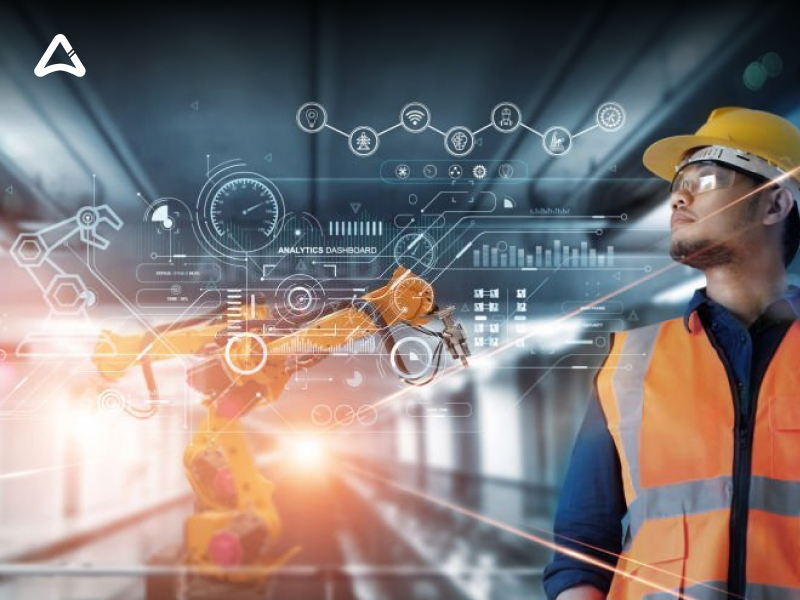
In our quickly developing technological world, the IoT is expanding at a tremendous rate, and the future of IoT looks bright. According to IDC estimates, there will be about 56 billion IoT devices online by 2025, with growth expected in all industries, including the automotive, smart home, and wearables sectors.
Another significant area of development is the Industrial Internet of Things (IIoT), which includes a wide range of technologies, including RFID warehousing, industrial robots, intelligent assembly lines, additive manufacturing, CNC machining, semiconductors, and electronics. Over the following seven years, the IoT is anticipated to develop at a CAGR of 21.3% and benefit every single IoT app development agency.
The majority of studies and industry predictions conclude that IoT solutions will be a significant economic force in the years to come. Leading consulting firm McKinsey predicted that by 2025, the IoT market would be worth between 4 and 11 trillion USD. In other words, over the coming years, IoT will grow to be a significant economic sector and offer attractive prospects to individuals engaged in IoT device innovation and app development.
IoT System Structure
It’s a good idea to comprehend the elements of IoT solutions and how they relate to one another before getting into the specifics of an IoT application development.
4 Primary Components of An Internet of Things system
1. Sensors and Gadgets (Hardware)
The input device or sensor is the first part of an IoT system (s). Sensors gather pertinent information like temperature or a live video or audio feed. A device frequently has several sensors that collect and share information from the surroundings. A smartphone, for instance, is a gadget with numerous sensors, including a GPS, an accelerometer, a microphone, a camera, etc.
2. Connectivity to the Cloud (Networks)
The next step is to share and store the data with the cloud infrastructure after it has been gathered. The Internet of Things (IoT) system does this by using a data transport network, which can be Wi-Fi, satellite, cellular, wide-area networks (WAN), and more. Every network has a unique set of benefits, such as reduced power usage or higher bandwidth availability.
Before deciding which network the engaged website development company should utilize, decisions must be made on which characteristics are most crucial to your system and the desired result.
3. Processing of Data (Software)
The moment your data enters the cloud, it is immediately processed by a software program to gather, you must examine and format it as you deem fit. For instance, a smart heater in your home will gather temperature data and send it to the cloud.
Then, the software will evaluate the data and determine whether the temperature is appropriate or excessive. The user is then notified of the data, or the heater is automatically controlled using it.
4. User Interface
The data is synced with a user interface, typically a mobile app, after the analytical engine has processed it. Following this, there will be a user-friendly and attractive dashboard that effortlessly enables all your app users to swiftly and easily see the displayed data. The app can alert users when specific data is captured.
For instance, if a burglar enters a property with an IoT security system, a motion sensor sets off an alert and sends the homeowner a text message. After that, the user can launch the app and access the live video feed from their house over the cloud.
How Much Does It Cost to Build IoT Applications?
According to studies, depending on the complexity and scope of the app, the cost of developing an IoT app often ranges between $80,000 and $250,000.
The following variables affect the cost to develop an IoT application:
-How the app will be utilized;
-The characteristics’ intricacy;
-The intended operating systems;
-Scalability;
-Staff costs, including those for designers, project managers, data scientists, and developers;
-Priorities in design and functionality.
Bottom Line
In the big picture, IoT technology is far more advantageous than enhanced control of home appliances. Every industry can benefit from this revolutionary innovation. As we all know, the ones who adopt the technology first will reap the benefits in terms of competitive advantage and brand reputation.
You can also partner with AppStudio for promising IoT app development solutions. We can assist you in designing and developing an IoT application that provides your brand with a practical edge.
FAQS
a) What are a few typical internet of things examples?
Some common examples of IoT-enabled items are dishwashers, refrigerators, smart TVs, smart watches, vehicles, heating and cooling systems, fitness equipment, and trackers.
b) What exactly is an IoT gadget or device?
IoT devices are pieces of hardware, such as sensors, actuators, gadgets, appliances, or machines. These wireless devices are used to transfer data over the internet, or other networks and are designed for particular uses.
